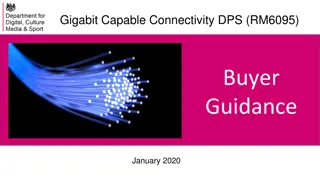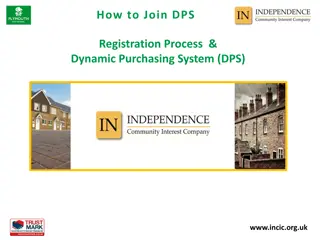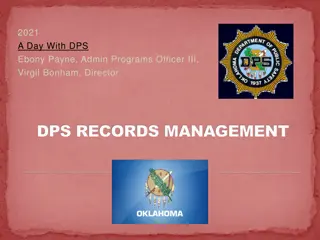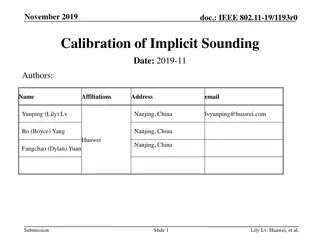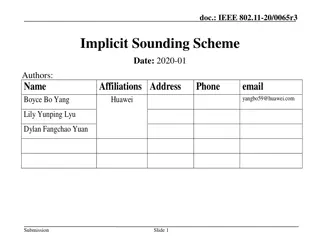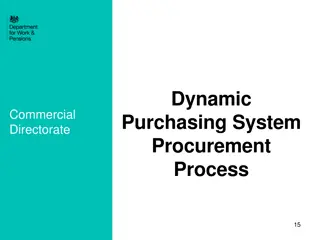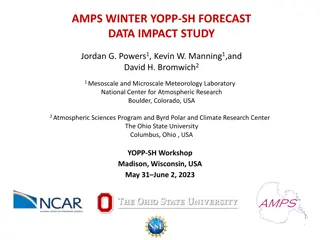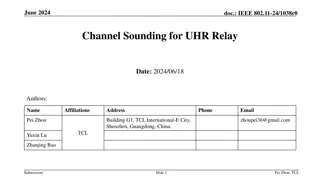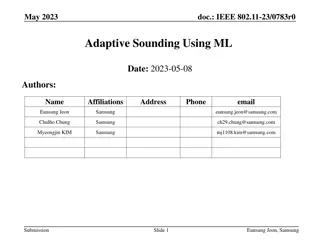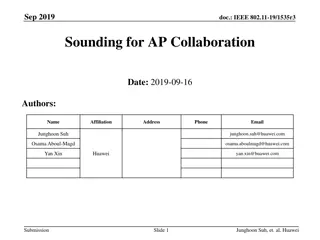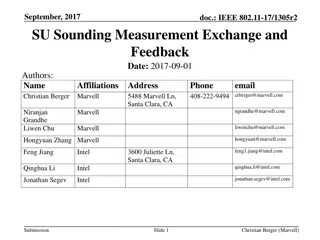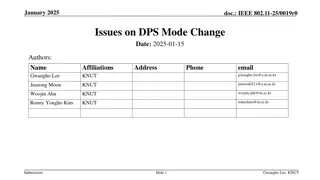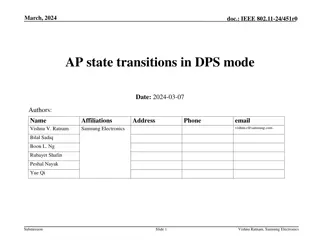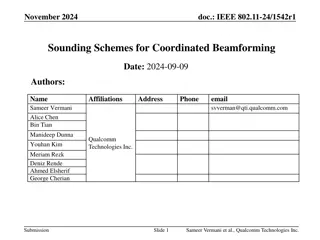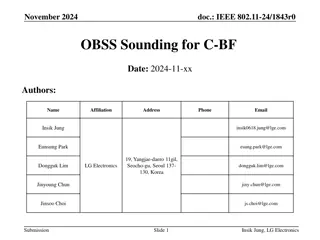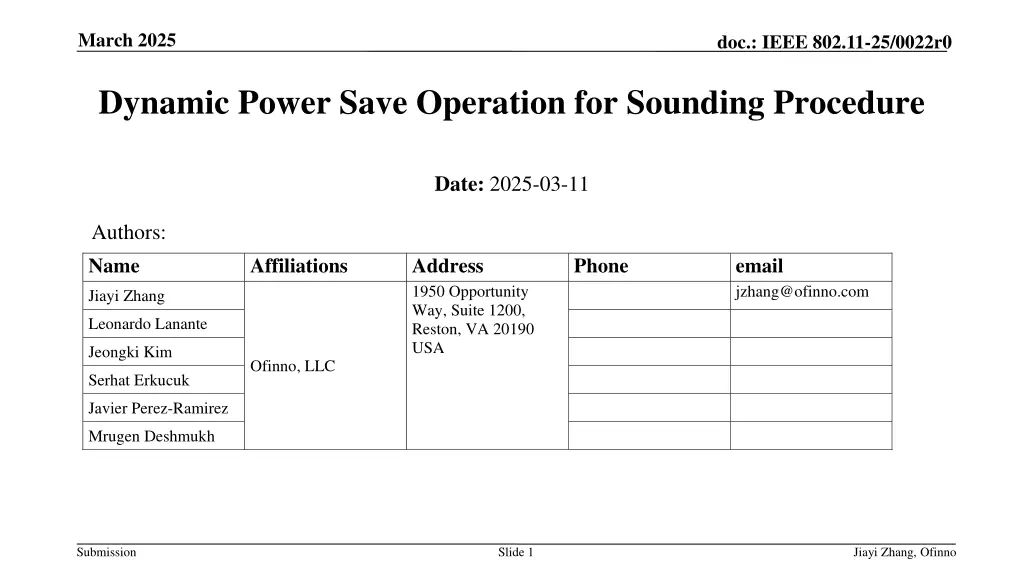
IEEE 802.11-25/0022r0 Dynamic Power Save Operation for Sounding Procedure
"Explore dynamic power save operation for sounding procedure in IEEE 802.11bn, focusing on transitions between lower and higher capability modes for enhanced power efficiency during data transmission."
Download Presentation

Please find below an Image/Link to download the presentation.
The content on the website is provided AS IS for your information and personal use only. It may not be sold, licensed, or shared on other websites without obtaining consent from the author. If you encounter any issues during the download, it is possible that the publisher has removed the file from their server.
You are allowed to download the files provided on this website for personal or commercial use, subject to the condition that they are used lawfully. All files are the property of their respective owners.
The content on the website is provided AS IS for your information and personal use only. It may not be sold, licensed, or shared on other websites without obtaining consent from the author.
E N D
Presentation Transcript
March 2025 doc.: IEEE 802.11-25/0022r0 Dynamic Power Save Operation for Sounding Procedure Date: 2025-03-11 Authors: Name Affiliations Address 1950 Opportunity Way, Suite 1200, Reston, VA 20190 USA Phone email jzhang@ofinno.com Jiayi Zhang Leonardo Lanante Jeongki Kim Ofinno, LLC Serhat Erkucuk Javier Perez-Ramirez Mrugen Deshmukh Submission Slide 1 Jiayi Zhang, Ofinno
March 2025 doc.: IEEE 802.11-25/0022r0 Introduction Dynamic power saving (DPS) is one of the features being considered for 802.11bn. TGbn has agreed to define: A power save (PS) mode for a STA wherein the STA may transition from a lower capability (LC) mode to a higher capability (HC) mode upon reception of an ICF (Mar. 2024). We consider a DPS assisting AP that intends perform sounding procedure with a DPS non-AP STA while the DPS non-AP STA initially operates in the LC mode. The DPS non-AP STA transitions from the LC mode to the HC mode to complete the sounding procedure. Submission Slide 2 Jiayi Zhang, Ofinno
March 2025 doc.: IEEE 802.11-25/0022r0 Sounding Procedure during DPS Operation A DPS assisting AP (AP1) intends to perform a sounding procedure with a DPS non-AP STA (STA1) to transmit traffic using transmitter beamforming (or DL MU-MIMO). The AP1 may transmit an ICF to the STA1, so that the STA1 transitions from the LC mode to a HC mode. While the STA1 operates in the HC mode, the AP1 then transmits an NDP Announcement (NDPA) followed by a NDP to initiate a sounding sequence (e.g., an EHT non-TB sounding sequence). Problem AP1: DPS assisting AP (beamformer) ICF SIFS SIFS SIFS SIFS STA1 that receives NDPA during the HC mode may spend full receive power. As such, power efficiency of DPS non-AP STA operating in PS mode is reduced. Since the ICF already start the TXOP for sounding procedure, it is redundant to send a separate NDPA frame to initiate the sounding procedure. NDPA NDP STA1: DPS non-AP STA (beamformee) ICR BF/CQI Report LC Mode HC Mode T1 T2 Jiayi Zhang, Ofinno Submission Slide 3
March 2025 doc.: IEEE 802.11-25/0022r0 DPS Operation for Sounding Procedure (Solution) A DPS assisting AP (AP1, beamformer) sends an NDPA to a DSP non-AP STA (STA1, beamformee). The NDPA requests the STA1 for transitioning from the LC mode to the HC mode. The NDPA further announces a NDP to be transmitted by the AP1 to the STA1, after the STA1 transitions to the HC mode. The STA1 receives the NDPA and transitions from the LC mode to the HC mode during a padding of the NPDA and a following SIFS . After receiving the NDPA, the STA1 receives the NDP while operating in the HC mode. The STA1 responses a BF/CQI report to the AP1 SIFS after receiving the NDP. Padding AP1: DPS assisting AP (beamformer) SIFS SIFS NDPA NDP STA1: DPS non-AP STA (beamformee) BF/CQI Report LC Mode HC Mode T1 T2 Jiayi Zhang, Ofinno Submission Slide 4
March 2025 doc.: IEEE 802.11-25/0022r0 Summary In this contribution, we shared some thoughts of DPS operation for sounding procedure. An DPS assisting AP initiates a sounding procedure while a DPS non-AP STA operates in a LC mode by using an NDPA frame operating as an ICF. Submission Slide 5 Jiayi Zhang, Ofinno
March 2025 doc.: IEEE 802.11-25/0022r0 Straw Poll SP1. Do you support defining a DPS operation that includes the following? While a DPS non-AP STA (beamformee) operates in a lower-capability mode, a DPS assisting AP (beamformer) may initiate a sounding procedure using a NDPA that operates as an ICF. The NDPA announces that a sounding NDP will be transmitted by the DPS assisting AP and solicits the DPS non-AP STA a transition from a lower capability mode to a higher capability mode to receive the sounding NDP. Yes No Abstain Submission Slide 6 Jiayi Zhang, Ofinno
March 2025 doc.: IEEE 802.11-25/0022r0 References 1. 2. 3. 4. 5. 6. 7. 8. Draft P802.11bn D0.1 Draft P802.11be D7.0 24/0209r9: Specification Framework for TGbn, Ross Jian Yu (Huawei) 24/2016r3: PDT MAC Power Save, Liwen Chu (NXP) 24/1987r2: Detailed text proposal for dynamic power save and eMLSR, Liwen Chu (NXP) 23/1875r1: Power save proposal for non-AP/mobile-AP, Shubhodeep Adhikari (Broadcom) 23/1965r2: Dynamic power save follow-up, Alfred Asterjadhi (Qualcomm) 23/2003r1: Client power save, Laurent Cariou (Intel) Submission Slide 7 Jiayi Zhang, Ofinno

